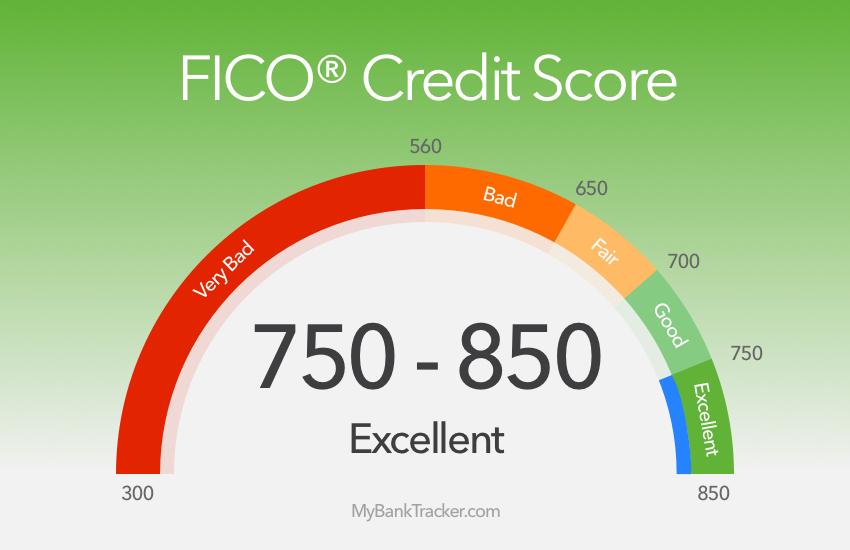In the intricate dance of global finance, few forces wield as much influence as interest rates. As they rise, the rhythm of corporate credit risk begins to shift, echoing through boardrooms and balance sheets alike. In this evolving landscape, companies find themselves navigating a labyrinth of challenges and opportunities, where every decision could tip the scales between growth and insolvency. This article delves into the profound implications of rising interest rates on corporate credit risk, offering a compass for financial leaders and investors seeking to chart a course through these turbulent waters. With an authoritative lens, we unravel the complexities of this financial phenomenon, shedding light on how businesses can adapt, thrive, or falter in the face of mounting economic pressures. Welcome to a world where the cost of borrowing is not just a number, but a narrative of resilience and reinvention.
Impact of Interest Rate Hikes on Corporate Debt Dynamics
As central banks around the globe raise interest rates to combat inflation, the landscape of corporate debt is undergoing significant shifts. Companies that previously benefited from low borrowing costs are now grappling with the implications of increased interest expenses. This shift can have profound effects on their financial health and creditworthiness. Higher interest rates mean that businesses face increased costs when refinancing existing debt or issuing new bonds, potentially leading to a squeeze on profit margins. Companies with substantial debt loads, particularly those with variable-rate loans, are most vulnerable to these changes.
- Increased Default Risk: As interest expenses rise, the likelihood of defaults may increase, especially for firms with weaker balance sheets.
- Refinancing Challenges: Companies may find it more difficult to refinance maturing debt, leading to potential liquidity issues.
- Investment Cutbacks: Higher borrowing costs could lead to reduced capital expenditures, impacting growth prospects.
For investors and stakeholders, understanding these dynamics is crucial. Monitoring the debt profiles and interest coverage ratios of companies becomes imperative to assess their resilience in this evolving financial environment. As the era of cheap money wanes, the ability of firms to adapt will define their survival and success.

Navigating the Tightrope: Strategies for Mitigating Credit Risk
In the current economic landscape, businesses are grappling with the dual challenge of rising interest rates and heightened credit risk. To successfully navigate this precarious situation, companies must employ a multi-faceted approach to credit risk management. Diversification is key; by spreading credit exposure across various sectors and geographies, firms can reduce the impact of sector-specific downturns. Additionally, adopting advanced credit analytics allows for more precise risk assessment, enabling businesses to make informed decisions based on real-time data.
- Strengthen Credit Policies: Regularly update credit policies to reflect changing economic conditions and ensure that credit terms are aligned with current risk levels.
- Enhance Monitoring Systems: Implement robust monitoring systems to track the financial health of borrowers continuously, allowing for early intervention when warning signs appear.
- Leverage Technology: Utilize AI and machine learning tools to predict potential defaults and adjust credit strategies accordingly.
Furthermore, fostering strong relationships with financial partners can provide an additional layer of security. By maintaining open lines of communication with lenders and credit insurers, companies can negotiate more favorable terms and gain access to critical insights that can inform their risk management strategies. Ultimately, a proactive and well-rounded approach will be essential for businesses to maintain stability in the face of rising interest rates.

Understanding the Ripple Effect on Business Financing Costs
As interest rates climb, businesses find themselves navigating a complex financial landscape where the cost of borrowing increases, impacting their overall credit risk. This shift doesn’t just alter the immediate expense of loans; it creates a ripple effect that can influence various facets of corporate finance. Companies may experience tighter cash flows, making it more challenging to meet their existing debt obligations. This, in turn, could lead to a reevaluation of their creditworthiness by lenders and rating agencies, potentially resulting in higher premiums or even reduced access to future financing.
Several factors contribute to this evolving scenario:
- Increased Debt Servicing Costs: As rates rise, so do the interest payments on variable-rate loans, squeezing profit margins.
- Impact on Investment Decisions: Higher financing costs may lead companies to delay or scale back on capital investments, affecting growth prospects.
- Strain on Cash Reserves: Businesses might need to dip into cash reserves to cover increased costs, reducing their financial cushion.
- Credit Rating Adjustments: Lenders may adjust credit ratings, affecting a company’s ability to secure favorable terms in the future.
Understanding these dynamics is crucial for businesses aiming to mitigate risks and strategically manage their financial health in a high-interest-rate environment.

Proactive Measures for Strengthening Corporate Credit Profiles
In an era of escalating interest rates, businesses must adopt a strategic approach to safeguard their credit profiles. Diversifying debt maturities is a critical tactic, enabling companies to spread out repayment obligations and mitigate the risk of refinancing under unfavorable conditions. By proactively managing the debt portfolio, firms can better align their financial commitments with cash flow projections, thus enhancing their creditworthiness.
Additionally, strengthening the balance sheet through increased liquidity reserves and cost management can provide a buffer against financial stress. Companies should consider:
- Enhancing cash flow management to ensure robust operational liquidity.
- Optimizing working capital to free up resources and improve financial flexibility.
- Hedging interest rate exposure to protect against rate volatility.
By implementing these proactive measures, businesses can not only withstand the pressures of rising interest rates but also position themselves for sustainable growth and resilience in an uncertain economic landscape.





